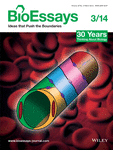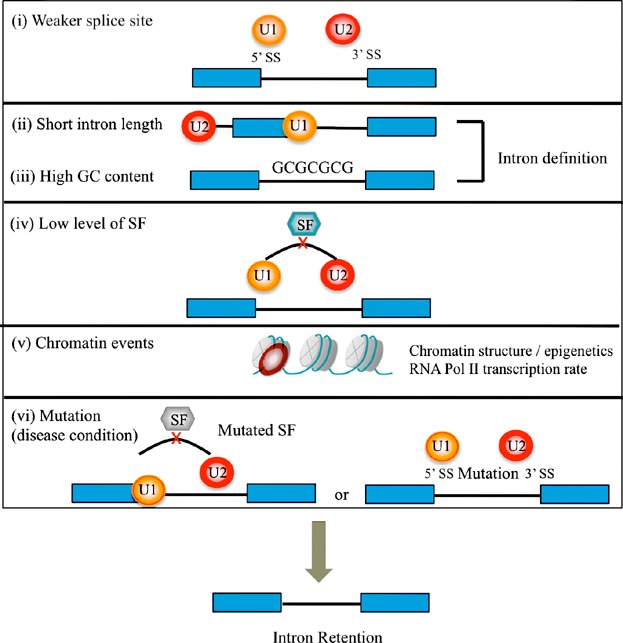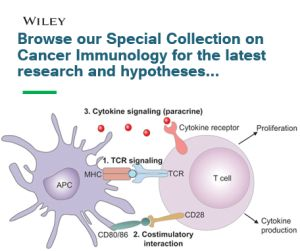Journal list menu
Export Citations
Download PDFs
Cover Picture
BioEssays 3∕2014
- First Published: 06 February 2014
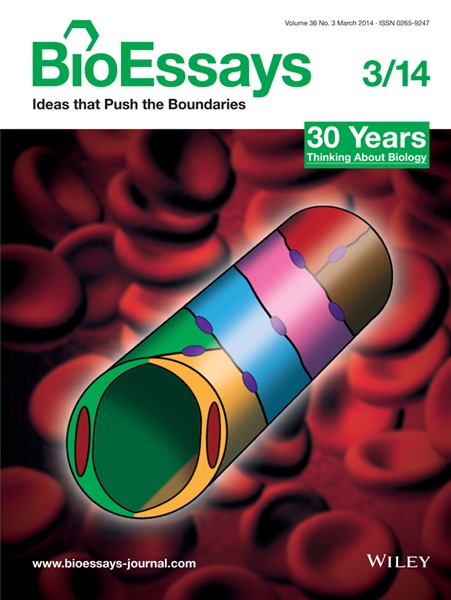
The cord-to-tube transition. The assembly of blood vessels in the vertebrate embryo requires a series of coordinated steps, amongst them lumen formation. On pages 251–259, Charpentier and Conlon review the most recent data on the diverse mechanisms by which vascular lumens arise, as well as the molecular and cellular players that contribute to this complex process. The cover depicts the inherent heterogeneity of blood vessel structure, which can be made up of both unicellular (represented by pink and blue colored cells) as well as multicellular (represented by green/yellow and red/brown colored cells) tubes. Remodeling of this cellular architecture is critical as new vessels form and new vascular connections are made.
Masthead
Editorial
The mark of metabolism: Another nail in the coffin of nucleic-acids-first in the origin of life?
- Pages: 221-222
- First Published: 06 February 2014
Contents and highlights of this issue
Insights & Perspectives
Think again
From the selfish gene to selfish metabolism: Revisiting the central dogma
- Pages: 226-235
- First Published: 14 January 2014
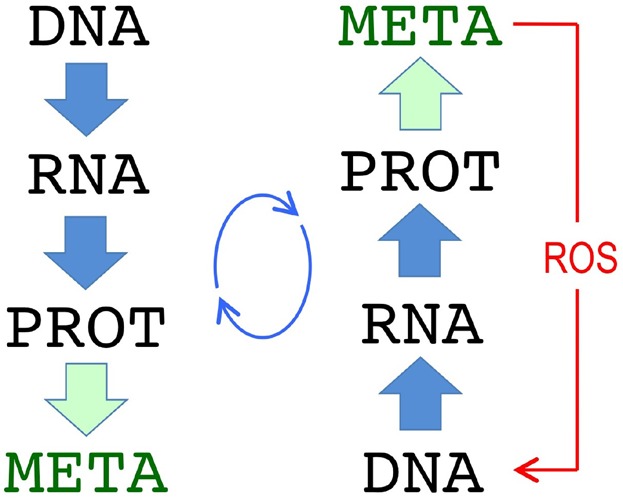
The central dogma of Molecular Biology has shortcomings that need revision: (i) metabolism is the next step of the information flow, (ii) metabolism has the predominant role (thereby the hierarchy of actors should be flipped upside down) and (iii) metabolism feedbacks on DNA by means of reactive oxygen species.
Prospects & Overviews
Recently in press
The functional consequences of intron retention: Alternative splicing coupled to NMD as a regulator of gene expression
- Pages: 236-243
- First Published: 18 December 2013
Evolution of adaptive immunity: Implications of a third lymphocyte lineage in lampreys
- Pages: 244-250
- First Published: 19 December 2013

Hirano et al. showed that the antigen receptor VLRC is expressed on a third lymphocyte lineage, which may be equivalent to the γδ T-cell lineage. The existence of three major lymphocyte lineages and their development patterns suggest that these cell lineages were present in the common vertebrate ancestor approximately 500 million years ago.
Review essays
Cellular and molecular mechanisms underlying blood vessel lumen formation
- Pages: 251-259
- First Published: 09 December 2013
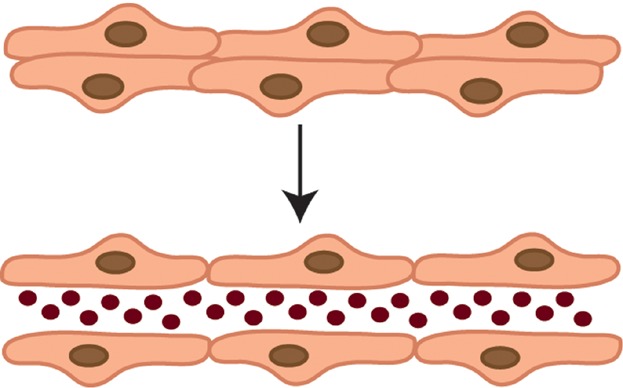
During blood vessel development, endothelial cells first coalesce into cord-like structures that must transition into tubes containing a central lumen in order to become functional transporters of blood throughout the body. The diverse mechanisms by which vessels form lumens will be discussed in the following review.
Phosphatidylinositol 5-phosphate: A nuclear stress lipid and a tuner of membranes and cytoskeleton dynamics
- Pages: 260-272
- First Published: 21 December 2013
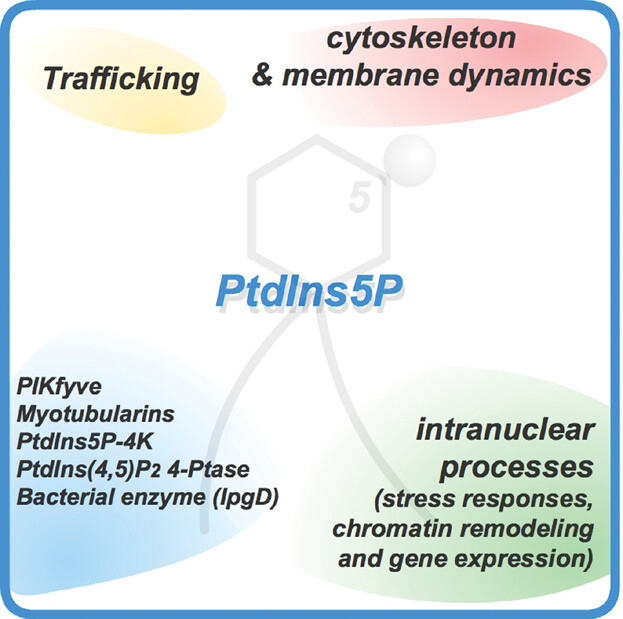
Phosphatidylinositol 5-phosphate (PtdIns5P), through the dynamic localization of lipid kinases and phosphatases, can be found in distinct sub-cellular compartments. PtdIns5P recruits effector proteins mediating specific cellular functions such as trafficking, cytoskeleton and membrane dynamics, and intranuclear processes.
Problems & Paradigms
Do all creatures possess an acquired immune system of some sort?
- Pages: 273-281
- First Published: 14 January 2014
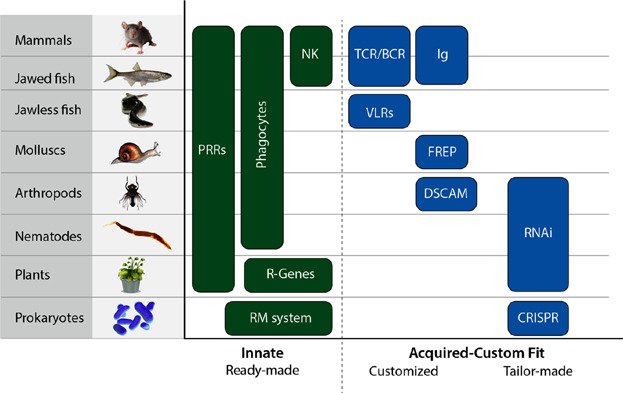
We propose that all organisms express both innate and adaptive/acquired immunity. Acquired immune manifestations vary between species, but all use recognition molecules not directly encoded in the inherited genome, and all serve a similar function – allowing individuals to learn from their own immune experience, thus promoting species survival.
Aging genomes: A necessary evil in the logic of life
- Pages: 282-292
- First Published: 25 January 2014
Distinct mechanisms determine organ left-right asymmetry patterning in an uncoupled way
- Pages: 293-304
- First Published: 25 January 2014
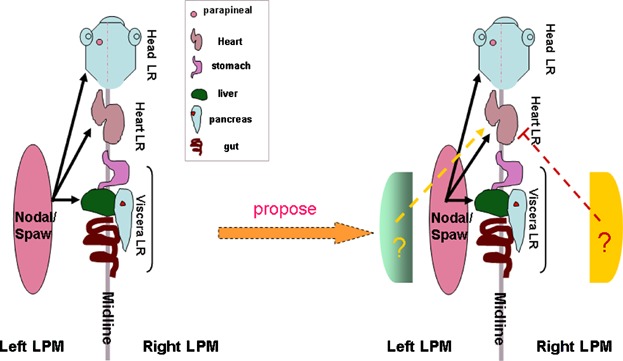
Based on the fact that distinct mechanisms determine different organ left-right (LR) patterning in an uncoupled way, we hypothesize that other critical factors in the lateral plate mesoderm (LPM) may coordinate with Nodal to regulate heart LR asymmetry patterning during LR patterning, and this can be evaluated by our proposed model.
Circadian rhythms and mood: Opportunities for multi-level analyses in genomics and neuroscience: Circadian rhythm dysregulation in mood disorders provides clues to the brain's organizing principles, and a touchstone for genomics and neuroscience
- Pages: 305-315
- First Published: 20 December 2013

To understand the link between circadian rhythm regulation and mood disorders requires unification of data and tools across multiple levels of inquiry, from DNA variation, cellular pathways, neural circuits, their dynamics and plasticity, to behavioral outcomes. The circadian-mood connection provides an exceptional opportunity to pursue cross-level integrated analyses.
Metagenomic insights into the human gut resistome and the forces that shape it
- Pages: 316-329
- First Published: 29 January 2014
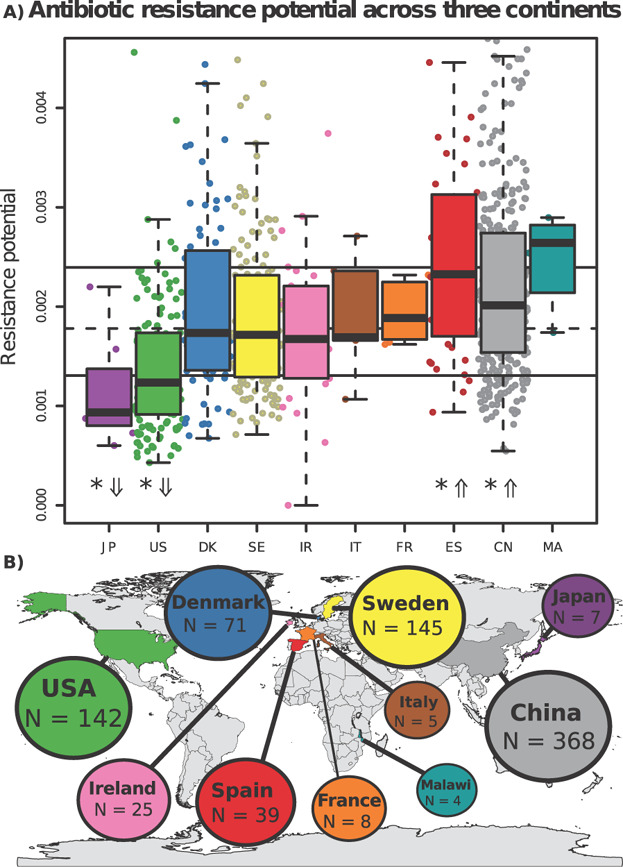
Antibiotic resistance in bacteria is growing. Opinions diverge regarding to what extent our policies enable this. Metagenomics allow new insights into the question. Available data show large differences between countries in resistance potential of human gut microbes, consistent with statistics of antibiotic use in food production and medicine.




